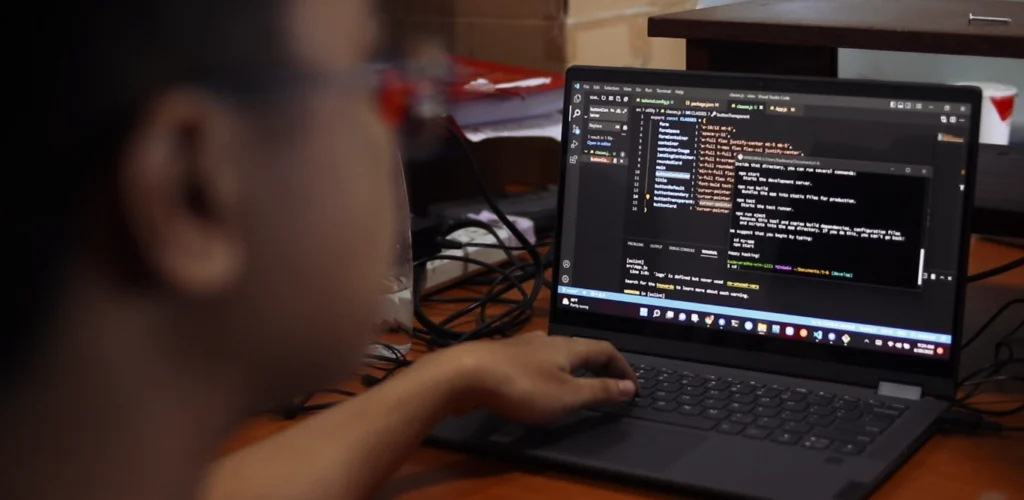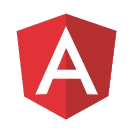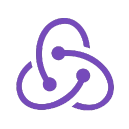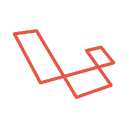
After we sold our last company to Microsoft, we started building an engineering team in Silicon Valley. It became immediately clear that people with the right talent were amazingly expensive. We could hire junior engineers, but as soon as they developed their skills and gained experience, they would jump to Google, Facebook, Netflix, or others who could pay them exorbitant salaries. Retention was impossible. And of course, their replacements don’t have the same codebase knowledge or domain expertise, so you started from ground zero with each new person. Building a high-functioning engineering team with the right culture on a reasonable budget was simply impossible. If you’ve tried it, you know.
We’ve had experience with freelancers from around the world: India, Ukraine, Romania, Russia, etc. We’ve experienced every imaginable problem. Getting them to work as a team was a huge challenge. They just didn’t get the Silicon Valley model of high-velocity product development. The time zone issues were a big pain. The offshore freelancers would develop knowledge of the codebase, but as soon as someone offered them $0.50/hr. more, they were gone and you had to start all over getting another freelancer up to speed. Another big challenge was building domain knowledge. It takes a while for a new team to learn the lingo of your domain, you cannot afford high turnover. In addition, you don’t want coders who do what they understand from what you told them, you need them to “get” the product and to own it like it was their own, you just don’t get that from a services mentality, you need to have a product ownership mentality. In essence, what you really need is a well honed team with a product-mindset and a high-velocity development culture that can truly take ownership for the product and its success. We couldn’t find that from a single freelancer or offshore services shop.
Our only path forward was to build an offshore development center, where we hired the engineers, trained them, and built a culture of excellence. But building both a team and a culture requires at least 18-24 months. It also requires an intimate and personal knowledge of the culture and the local market. If you have the time, money, and native people here in the US to run it, building your own offshore development center is a great option.
For each new customer, we start with one or more of our senior employees, who are already trained in the MPH way. We build a team around them. At the end of that initial development effort, we pull one of the new members from that team and put them on a new product. This way, the senior software engineer stays with the original product, as a team lead, retaining code and domain expertise. Often times, we’ll bill for a 3-person team, but have 4-people working on it. Once the extra person gains sufficient expertise, they split off to lead a team on the next product.
We’ve built an amazing team of engineering talent and a portfolio of successful products. Together these draw the best and brightest talent from around the area. Two of the three founding partners are natives of the Philippines. They provide the deep cultural insight that foreigners cannot learn from a distance. They also have the networks into the top universities for hiring the smartest people. Our team also shares in our success with bonuses and profit-sharing. As a result, our employees are devoted to the company and its success. In short, we hire the best and brightest and then build their skills, turning them into coding ninjas. We also hire for personality and initiative. You’ll love working with our people and they will go the extra mile to make your (and their) product successful!
Our US management team provides the expertise in architecture, security, scaling, tool selection and much more. Unlike other offshore service companies, we’re product people. We’ve built successful products taking one company through an IPO, selling three of our companies, including one to Microsoft. Our founders provide insight throughout the process about all aspects of the product because we are focused on winning. We also make the process easy for you. We interface with you during US business hours, and then provide leadership and guidance to the offshore engineering team during the late evening or early morning hours. This buffers you from having to deal with extended work hours. You’re welcome to engage directly with the team, but you’ll find that it typically isn’t necessary. The one common theme from our customers is that we become their technical partners, bringing a laser-like focus on making them successful.
Like you, we’re product people, not programmers for hire. A lot of people can build an app, very few can build a product. I have yet to see a programming services company release a successful product. An application is something that runs according to the specification. A product is something that users love, talk about, and share with friends. If all you want is a basic app that can “get the job done”, anyone can build that. If what you want is a market-leading product, very few people can build that. We have a long history of building products. We’ve built a team that is infused with a product mentality. We don’t just do it, we do it right!
Users don't have your knowledge of how the app is supposed to work. They need guidance, help, and insight. So make it approachable, easy, and helpful.
Different users will need to achieve different goals. Define those typical users and describe their goals and models of usage, only then can you design a product with universal appeal.
Users don't follow your flow they try different things. Assume zero knowledge "The Beginner's Mind" and understand how the design handles simply "trying things."
This is a critical to market adoption. Reducing friction means reducing abandonment of: registrations, shopping carts, billing forms, etc. Make it easy and approachable. This is critical to product success.
People appreciate beautiful things. Anynone can design an ugly but functional app, very few can design a beatiful intuitive, and elegant product.
Visual Effects, sound effects, gamification, social integration, all of these things can make your product fun and viral.
There's more to it, but you get the idea.
You want a team that is dedicated to your product. This dedication is critical to building expertise in the domain (industry knowledge) and the product (codebase). These are both critical for efficient maintenance and ongoing development of your product.
It is faster and easier to build a rigid app that minimally satisfies the specification. It is completely different to build a product that can handle different clients, back-ends, pluggable services, and more. Using Application tiers and APIs to enable this flexibility takes time, but it future-proofs the product.
Some Engineers will code around use cases to ensure the product's workflow matches that of typical users. Very few consider fail-cases; what happens when things don't go as planned. If your app doesn't address these situations in an elegant way, its appeal and market adoption will be very limited. It will be an app, but not a product.
Product People don't think in terms of billable hours and 9-5, they think in terms of product, building an awesome experience, not just making it run.

Our developers have deep experience in the full-stack of technologies necessary to build your application. They tend to be specialized in one specific stack. For example, a common stack for mobile apps is React Native – Redux – Google Firebase Tools – Google Cloud. Of course, we’ve also done hybrid mobile/web design with Scala, Java, PHP, Python, it really depends on your needs and if you have a current stack you’re using. If your tools are not listed in our chart, we can typically get up to speed quickly on any new technology or tool.
Modern UX design demands that the app be responsive, dynamically adjusting to different clients and screen sizes. We leverage a number of tools to build dynamic, interactive and responsive front-ends. These include HTML5, CSS3, Bootstrap, Vue, TypeScript, JavaScript and Angular. We design and build beautiful apps.









Very simply our engineers cost you less than a third of the cost of comparable engineers in the US. But it’s even better than that. We don’t charge you for our management time and expertise. At no additional cost, you get a team that has built software companies worth over $2 BILLION in market value through 3 acquisitions and 1 IPO. You simply will not find that anywhere else at any price, let alone our prices.
We think of your product like it’s our product. While offshore body shops see you as billable hours, we see you as a partner. We are driven to win and we’ll go the extra mile to make it happen. Honestly, as product and company builders, it’s the only way we know how to do things.
Because we take our customers’ products personally, we put a lot into them. Our bandwidth is limited, especially at the initial design phase. For this reason we’re very selective about who we work with. If we don’t think you have what it takes to win in the marketplace, we’ll share our insights, give you ideas, point you in the right direction, wish you luck and hope you exceed our expectations. But if you have what it takes to win, we want to work with you. If you want to have a no obligation conversation, fill out this form and let’s schedule a time for you to talk directly with our CEO and explore the fit.
| Functions | Hire Your Own | Offshore Freelances | Dedicated MPH Team |
|---|---|---|---|
| Recruit | You | You | Included |
| Evaluate | You | You | Included |
| Hire | You | You | Included |
| Train | You | You | Included |
| Manage | You | You | Included |
| Salary Cost | Very High | Low | Low |
| Health Insurance | Additional | Included | Included |
| Taxes | Additional | Included | Included |
| Office and Equipment | Additional | Included | Included |
| Total Cost | Extremely High | Very Low | Very Low |